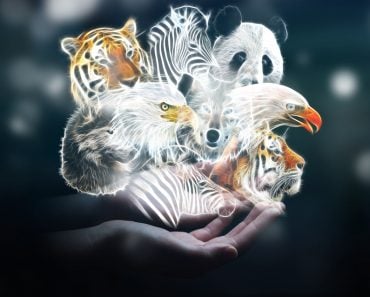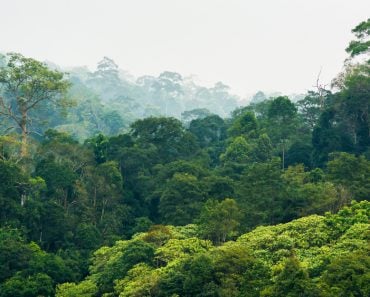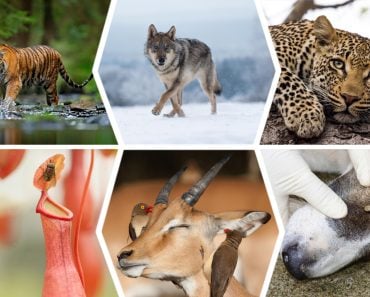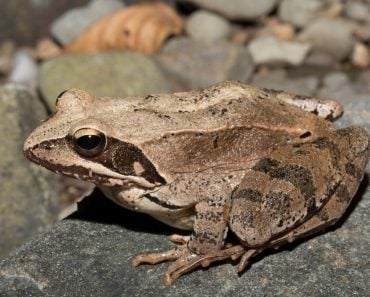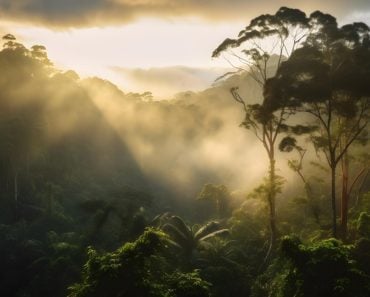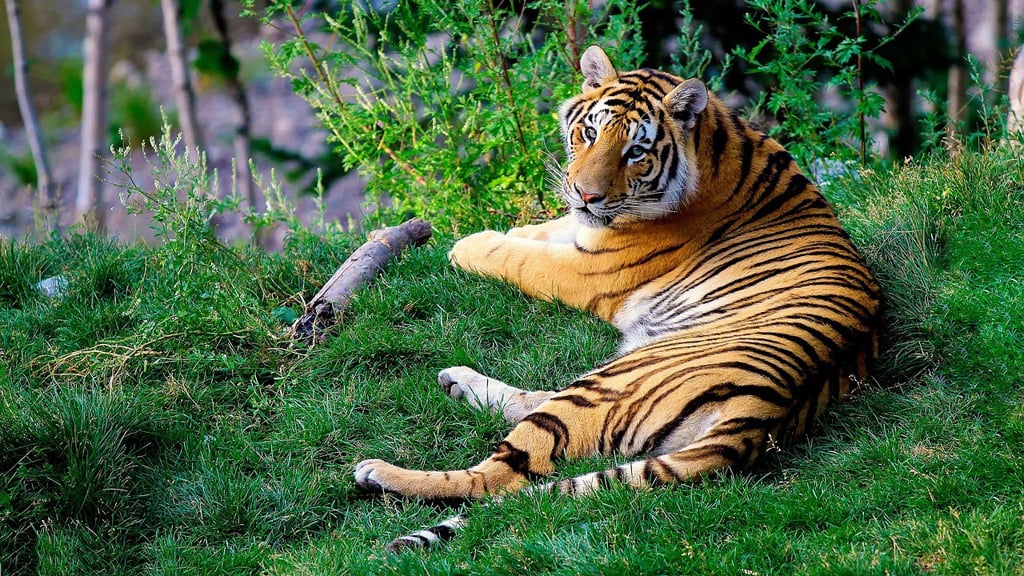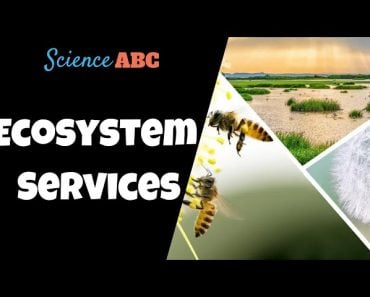Invasive species have severe impacts on ecosystems and reduce native biodiversity. The effects of climate change make it essential to understand them so we can mitigate the damage they cause.
On any given day in Mumbai, glance around and you’ll see flora and fauna that are as synonymous with the metropolis as the heavy traffic and milling crowds. Raintrees, peepuls, lantana and ficus thrive in the city, but did you know that two of these four common plants are actually invasive species? The hordes of pigeons, regularly fed by well-meaning morning walkers and good samaritans, are some of the most widespread colonizers of cities around the world. Australia is a country that is known for constantly struggling to control its feral populations of… well, everything.
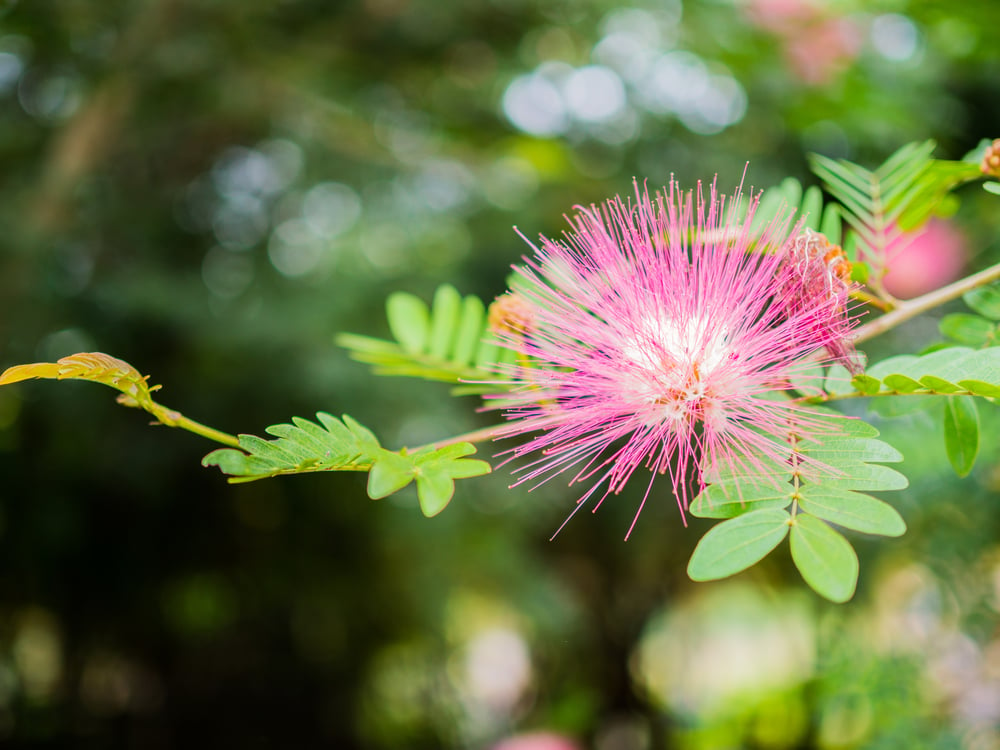
But what does this mean? Why do we use words like “struggling” and “control” when talking about invasive species? Many people support the idea that if a species has established itself, we should look after it because biodiversity is biodiversity, no matter its origin. In our modern age of rampant climate change and species extinction, why is there still a focus on invasive species and their management?
Recommended Video for you:
What Are Invasive Species?
A species becomes ‘invasive’ when it outcompetes local flora or fauna for resources at a very fast rate. The exact threshold for when a species is considered invasive is still under some debate, but clear differences can be drawn between the terms ‘introduced’ and ‘invasive’. The former applies to any organism that has been introduced into a non-native habitat, but may or may not be able to establish itself. They could die out, or be so minimally present that their effect is barely felt. An invasive species may or may not be considered invasive in its native land.
These invaders can overcome the challenges they face in their new habitat and rapidly take over. Now, this may take anything from days to weeks to decades, depending on many factors, including the number (and frequency) of introductions to the new area, whether the new climate is drastically different from that of the native region, and the rate at which the species can reproduce. To give you some idea, a rabbit (capable of producing about 50 offspring per year, and can utilize a wide range of resources) is far more likely to be invasive than an African forest elephant that produces one live birth every five years or so. Genetics play a large and important role in determining whether an organism can or cannot become invasive.
Invasive Species Impact: How Do Invasive Species Affect Biodiversity?
Colonizing species often have features and characteristics that the new ecosystem does not recognize. The ‘brumbies’ or feral horses that run wild in the Australian outback have converted large tracts of crucial water-filtering swamp systems, into hard, dry swaths of land, because that land is not adapted to the presence of hooves. Horses are not native to Australia and were only introduced in 1788 by the Europeans for utility and farm work. The hooves till the land and mash out the mud, creating channels and destroying these bogs. The water rushes into streams and rivers instead of passing slowly through the filter system. As a result, the native biodiversity that took millennia to adapt to and depend on this system is disappearing.
Invasive Animals
Invasive predators such as feral cats, rats, mongooses, pigs and others are extremely dangerous in introduced lands where the prey have never encountered such creatures and have adapted no defenses against them, leading to rapid extinction. Mammaliam invasive predators are responsible for a whopping 58% of bird, mammal and reptile extinctions around the world (Source).
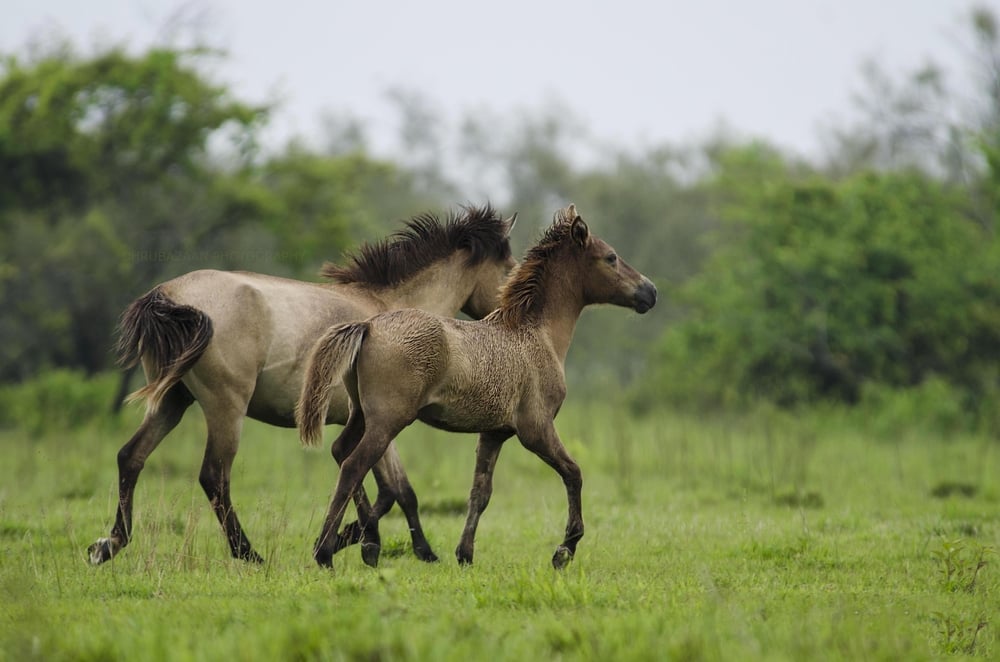
Invasive Plants
Invasive plants are no less dangerous for species survival, as they usurp water and soil nutrients. The water hyacinth is notoriously invasive in many stream systems worldwide. This plant rapidly expands and covers entire streams, cutting off air and sunlight, sucking out the oxygen and killing the other organisms in the water. It’s much harder for a common man to notice (or even care about) invasive plants, when in truth they are easier to spread and tougher to eradicate, causing as much if not more damage than an animal or microbe. An area that is adapted to short shrubbery and few tall plants may be impacted by a very tall invasive tree that cuts off sunlight, heat and rain from reaching the floor. This can affect all the plants that fall beneath its canopy, as well as reptiles that need sunlight to warm up, or the tree may house insects that were never supposed to be there!
Introduction Of Invasive Species: Intentional Or Accidental?
Nine out of ten times, introductions are caused by humans. This may either be intentional for a certain purpose (such as the cane toad, introduced to Australia to control cane beetles, or Eucalyptus, purportedly imported by the ruler Tippu Sultan in Mysore, India to decorate his gardens). Sometimes it is accidental, and a good example of this is the ballast water that ships carry to maintain stability. Ballast water contains tons of microbes, plants, fish and other small animals that get transported thousands of kilometers and carried into new areas.
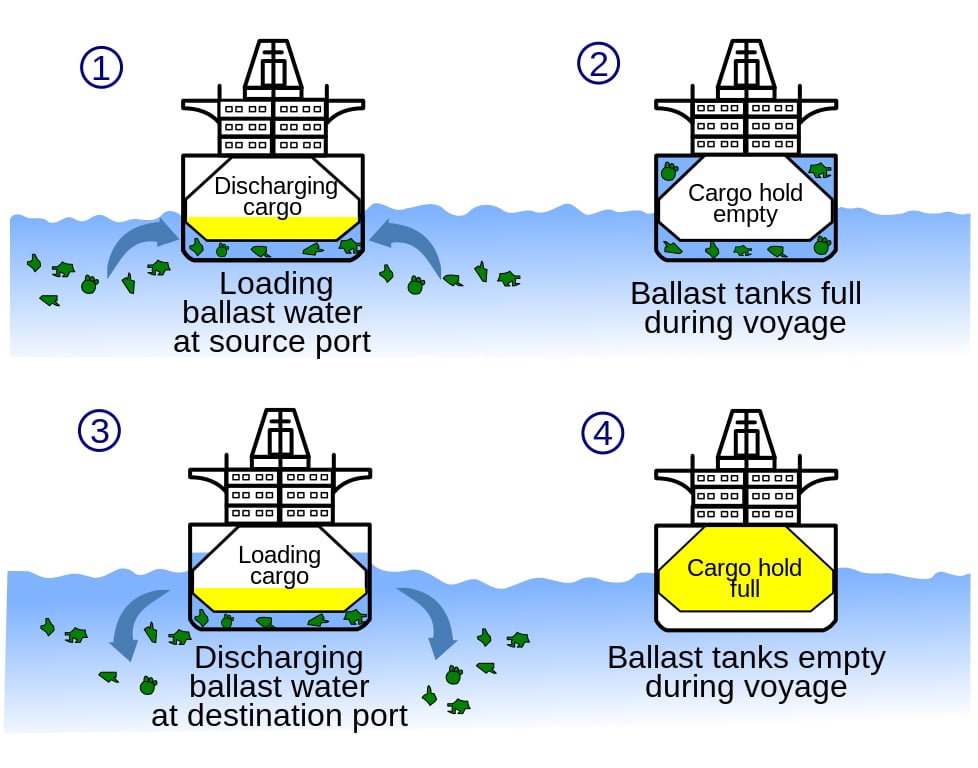
Why Are They Important At All?
The reason that studies on invasive organisms require so much attention now more than ever is based on two critical points.
The first is because of the direct impact of invasive species on local biodiversity, which has been highlighted throughout this article. They cause a drastic reduction in the biodiversity of an area because of how they usurp resources. They add stressors to native species that are already having to adapt to changes in their habitat, climate and resources.
The second reason is not so obvious. In the age of climate change and rapid species extinctions, it is fascinating to think that some species can adapt to drastic changes in temperature, climate, food, water and other habitat factors. Studies are now focusing on understanding how they can do this, which may reveal if we can formulate strategies for the conservation of sensitive species that are more vulnerable to the effects of climate change. Invasion geneticists try to find patterns among various invasive organisms to learn what factors make them invasive.
There is still a great deal of debate and controversy over the ethics of invasive species control. Many countries carry out eradication drives, which include controlled and supervised poaching, hunting, shooting or poisoning. Genetic management strategies are also developing at a rapid pace.
It must be understood that every ecosystem is extremely complex, with infinite layers and maintained within a very delicate balance. It is a Herculean task to comprehend the cascading consequences on the environment of any action that we take. Invasive species are as much of an environmental hazard as any other, and effective management strategies could not be more urgent at this crucial time.
References (click to expand)
- Slow birth rate found in African forest elephants - BBC News. BBC Online
- Feral Horses - semo.edu. Southeast Missouri State University
- Doherty, T. S., Glen, A. S., Nimmo, D. G., Ritchie, E. G., & Dickman, C. R. (2016, September 16). Invasive predators and global biodiversity loss. Proceedings of the National Academy of Sciences. Proceedings of the National Academy of Sciences.
- Status of Invasive Alien Species in India - zsi.gov.in
- GISD. iucngisd.org

